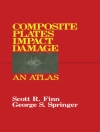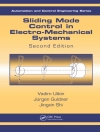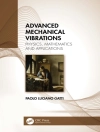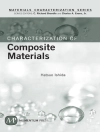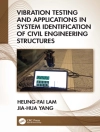This volume features fundamental research and applications in the field of the design and application of engineering materials, predominantly within the context of mechanical engineering applications. This includes a wide range of materials engineering and technology, including metals, e.g., polymers, composites, and ceramics. Advanced applications would include manufacturing in the new or newer materials, testing methods, multi-scale experimental and computational aspects.
This book features fundamental research and applications in the design of engineering materials, predominantly within the context of mechanical engineering applications such as automobile, railway, marine, aerospace, biomedical, pressure vessel technology, and turbine technology. It covers a wide range of materials, including metals, polymers, composites, and ceramics. Advanced applications include the manufacturing of new materials, testing methods, multi-scale experimental and computational aspects.
p>
Зміст
Selected Properties of P/M Ti-6Al-2Sn-4Zr-6Mo Alloy after Hot Deformation.- Positron Annihilation Study on Nanocrystalline Copper Thin Films Doped with Nitrogen.- The Influence of Microstructure on Mechanical Behaviour for Dual Phase Steels.- Application of Cutting Edges with High Durability Made of Nanocrystalline Cemented Carbides.- Development and Validation of a Numerical Model of a Carbon Orthotic for Lower Limbs.- Magnetic Pulse Welding of Dissimilar Materials: Aluminum–Copper.
Про автора
LUCAS FILIPE MARTINS DA SILVA is currently Professor at the Faculty of Engineering of the University of Porto. He received a Ph D related to adhesive bonding in 2004 from the University of Bristol under the supervision of Prof RD Adams. Since then, he has been teaching and investigating structural adhesive joints. The work covers a wide range of engineering structural adhesives such as epoxies, acrylics and bismaleimides. Several test methods for adhesive joints are available at the FEUP including various joint configurations such as bulk specimens, lap shear joints and butt joints. In addition to the experimental expertise, detailed analytical models and finite element analysis of stresses and strains within the joints are also undertaken.


